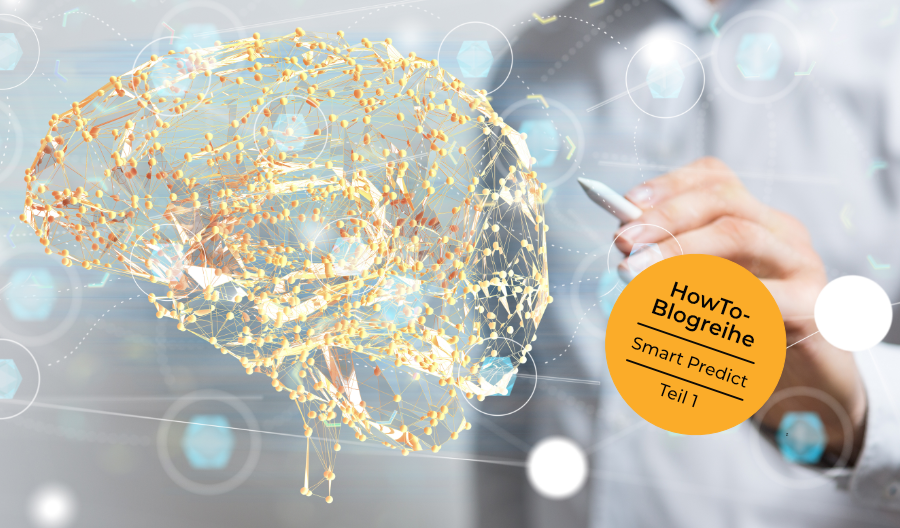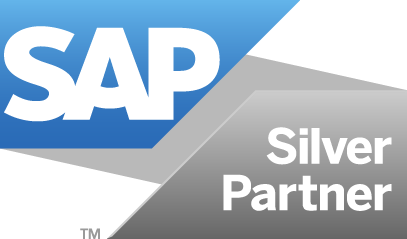Today, machine learning is a common term across a wide range of industries. The need to manage, analyze and report on large data sets is no longer limited to technology companies. Many companies now rely on Data Scientists to make sense of the vast amounts of data generated in the execution of their businesses. They also need expert support to optimize their planning processes and predict opportunities and risks. Smart Predict represents a helpful tool in this context.
Options with Smart Predict
Smart Predict is a feature of SAP Analytics Cloud. It enables complex artificial intelligence tools and algorithms to be used through an intuitive interface. This makes it possible to determine patterns in large amounts of data and make predictions. With the help of Smart Predict, every employee in the company can assume the role of a data scientist.
Train an Artificial Intelligence with Smart Predict
In this three-part how-to blog series, we explain how you can use the Smart Predict feature to train an AI on data from a fictitious store. We then show how you can extend another data set with predictions based on this data.
First, we create a dataset from our complete data that we will use to train the Smart Predict AI. To do this, we click on the "Datasets" tab in the menu and upload our data there. In our case, the data is in a CSV file. Therefore we select "Upload from a CSV or Excel File" for the upload. Here it is important to make sure that the dimensions and metrics are defined correctly.

Excursus: Predictive scenarios in Smart Predict
At this point, we would like to start a short excursus to explain the different predictive scenarios that are available in the SAP Analytics Cloud. A distinction is made between the following three scenario types:
- Classification
- Time Series Forecast
- Regression
Scenario-Type Classification
Classification is used to assign a probability to a population that a particular event will occur. Examples are questions like:
- Who is likely to buy this product based on their buying habit?
- Who among my customers will respond positively to my marketing campaign?
Scenario type Time Series Forecast
The Time Series Forecast uses data sets with a time dimension. It is about building models through historical analysis and using them to make observations and inform future strategic decisions.
Scenario type regression
Regression is used to identify relationships between different variables (regressors) to make estimates and predictions and to identify causal relationships between regressors.
Use regression for profit prediction
In this how-to, we use regression to determine a prediction about the profit of a fictitious store in Smart Predict.

To do this, we select "Predictive Scenarios" from the menu and create a new predictive scenario of type Regression.
In our case, in Smart Predict we first need to set our dataset as the training data source. Then we define our predictive goal (in our case profit). In addition, we select columns that have no influence (Influencer) on the result or that should be ignored during training. In our case we leave the Influencer field empty. Once our settings are selected, we click on "Train" and wait until the model is ready.

Once the training is complete, we get a general overview of the training and an overview of each influencer on the outcome.
In the second part of our How To blog series, we show how to interpret the results from the training to identify drivers and trends in the data set.


